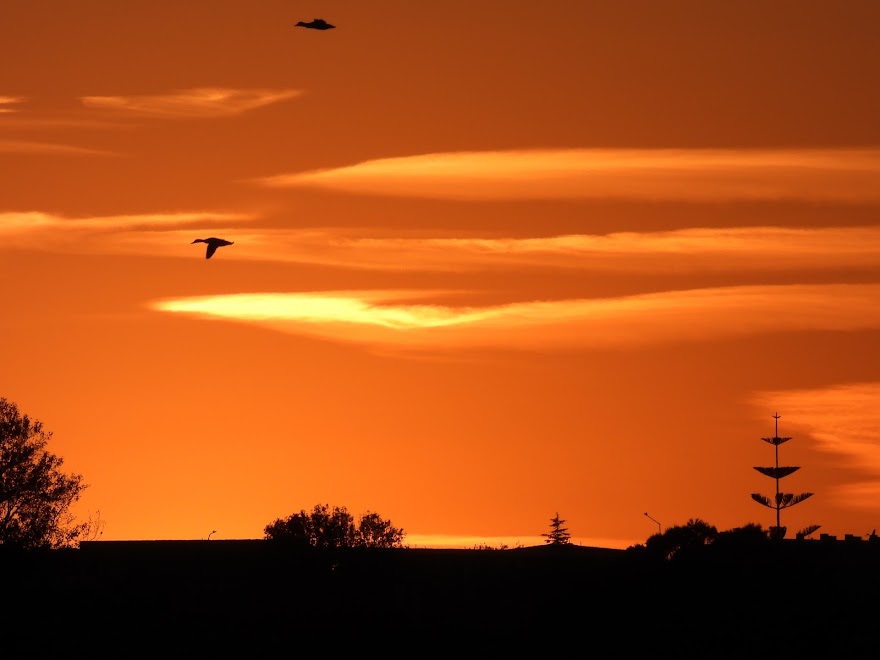In this post, I'm going to show you some of the churches we have attended in our area. They have been a haven to us.
We all know that evil is loose in our world and we know all too well it's power. We have been blessed with faith though, and a world-wide community that sustains us as we come to worship. And we know that evil will not triumph in the end.
 |
| This is Saint Benedict's, located in Auckland that we attended for a time before we found the churches closer to home. Very interesting architecture inside. |
I don't know anything at all about architecture, or load types, or stresses, or statics and strengths of materials, or who knows what else, but it seems to me that those bits of wood up there, where all the beams meet, holding the whole section of roof and walls stable, have got to have some very interesting math describing them. Especially the front one.
Great choir loft.
 |
| As you can see, this is St. Michael's. It's in Rotorua. We've come here over a couple of years when Allie has run in various races there. It's interesting the St. Michael is the patron saint of this Parish. (you can see his statue in an alcove to the right of the altar, stabbing the devil.) You can smell fire and brimstone (sulfur) all over town. http://fostersoe.blogspot.co.nz/2014/12/rotorua-nicknamed-sulfur-city-pohutu.html This is Holy Cross in Henderson. We attended here for quite a while. As it happens, Father Paul, who we first knew here at Holy Cross, has now been transferred to Glen Eden.
And, speakiing of seeds of faith and putting down roots...
Recently, Jeanne was having a talk with the owner of Sokol's, one of our favorite produce stores. The owner is quite a nice guy who gave us a bunch of old white plastic grape trays which Jeanne, with her boundless creativity, made into a large, very lightweight outdoor enclosure for the guinea girls.
She was telling the owner about various vegetables that she is now growing here, common stuff like pickling cukes, and thin, French fillet beans, that she grew in Michigan for many years. This guy said he had never heard of either of them and told Jeanne that she was much more knowledgable than he is. I don't doubt that.
That conversation got me thinking about Jeanne's garden back in Wilson, which lead to thoughts about planting and then finally to seeds. Especially, heirloom seeds. Jeanne has grown quite a few of the very old, standard (non-hybridized) seeds in her Michigan garden over the years. Everything from corn to tomatoes, cukes, and pumpkins. During the years that she was growing these original varieties, I learned about a repository for ancient and original seeds located in the Arctic. They are kept there to safeguard them for future generations to know, and to grow and to again pass on into the future.
You might wonder why I have now branched my post today from talk about churches (Catholic) to talk about seeds? They're not really related, are they? Well, I think they are in a way.
I think that our Catholic Church is the repository of the ancient and pure truth (the seed) of faith in Christ and in eternal life. The Church is protecting and propogating what was taught by the Founder. His truth is like an heirloom seed.
A couple of friends of mine have told me that their church is 'fundamentalist.' They say it with pride. I admire their zeal, but personally, I think that our Catholic Church is the original fundamentalist church. Christ started it after all and it has worked ever since to maintain His teachings, as He taught them.
"The Word Became Flesh." A seed becomes a plant. Despite my extremely limited understanding of the infinite Divine Mysteries, I still think that I can make a comparison there, so combining a post about our church and heirloom seeds makes sense to me. -djf
|



























































